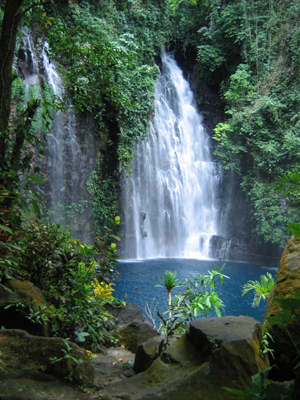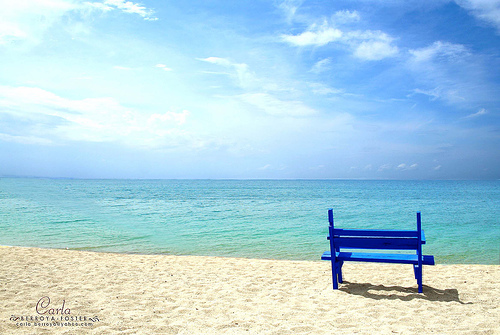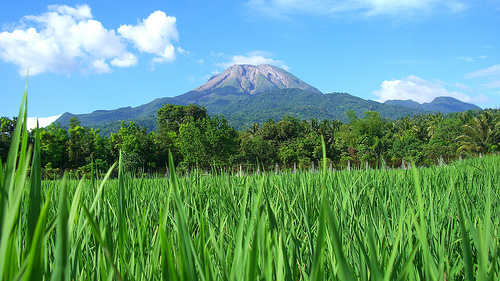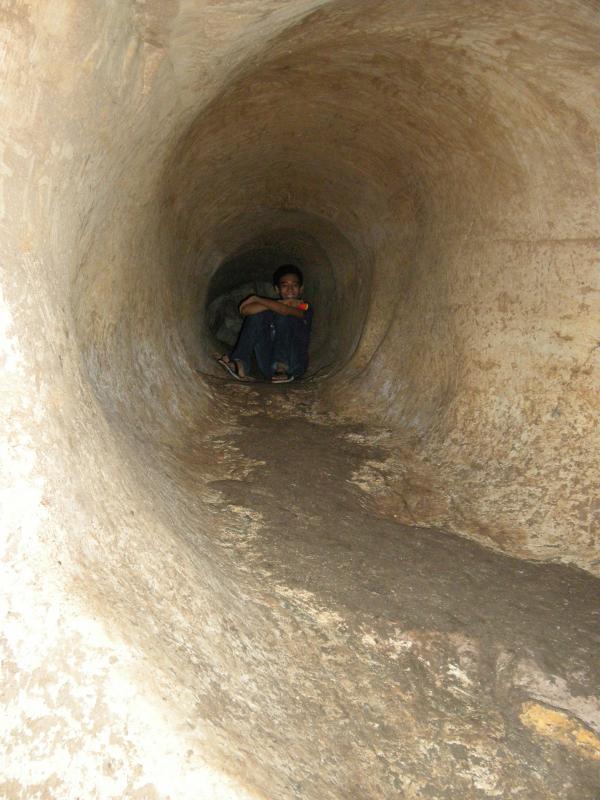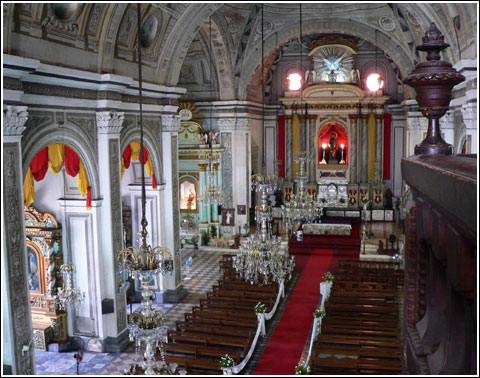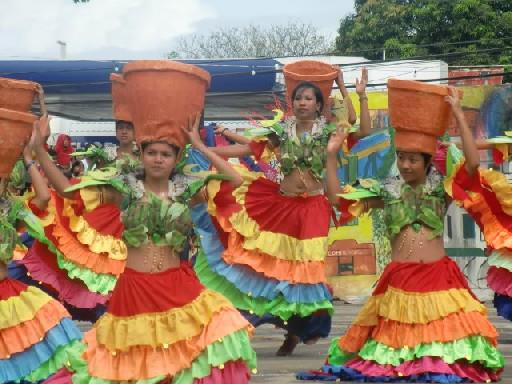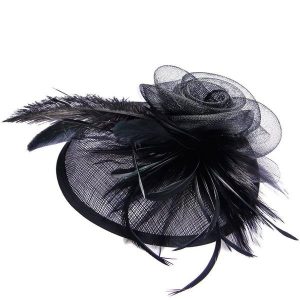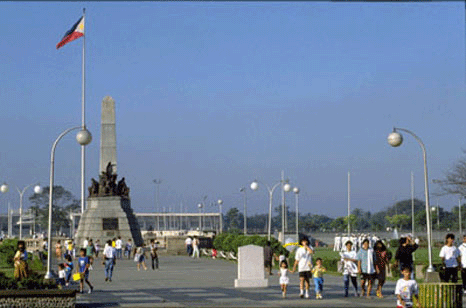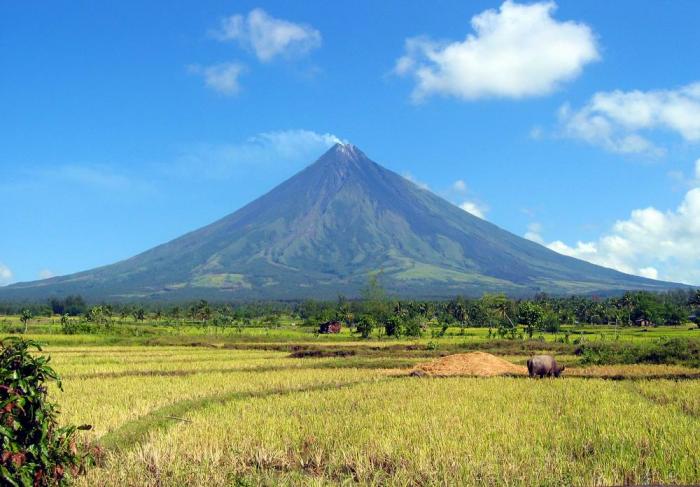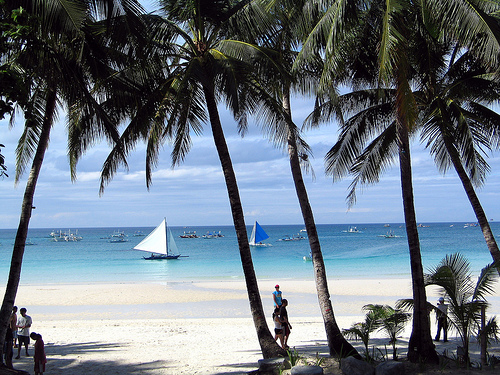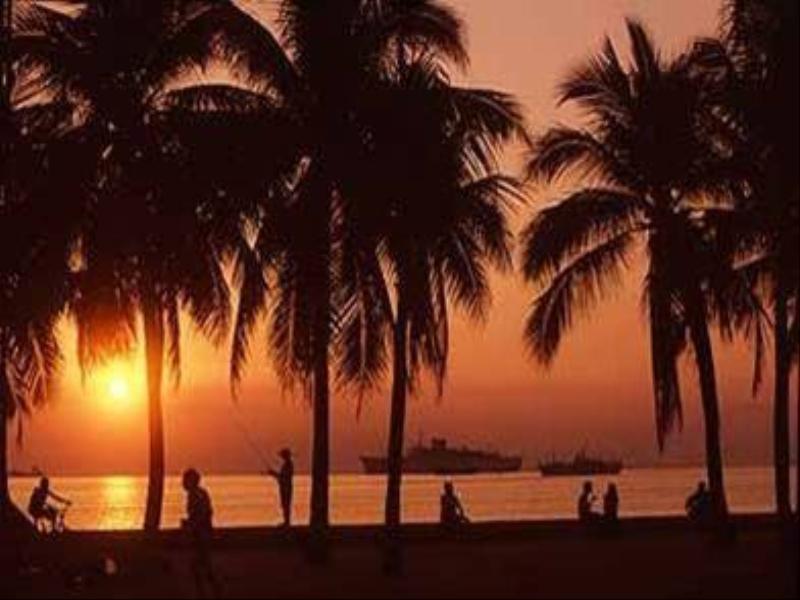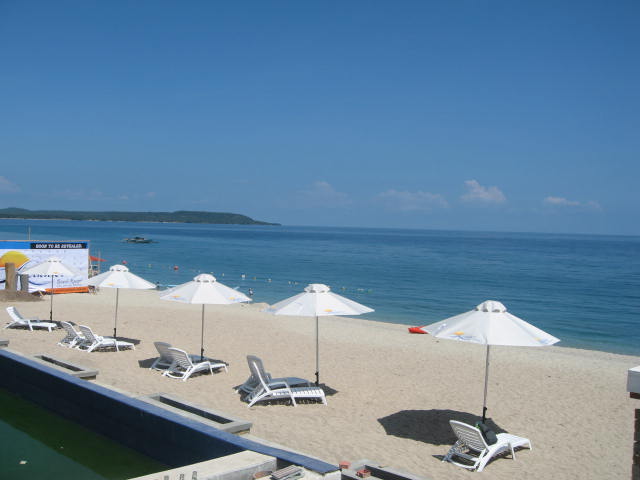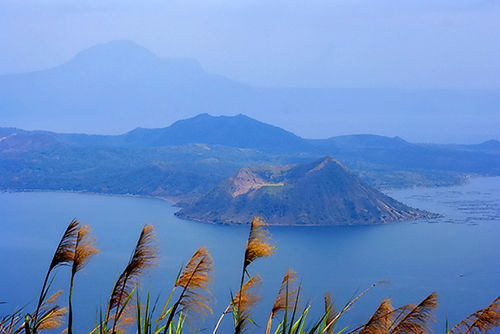
Planning a trip? Those who love to travel know the essence of all travel is about you and your enjoyment. Travelers know that the destination is a major part of planning a trip, experiencing and delving deeper into unfamiliar places, people and culture are paramount.
Expand your horizons and set your sight to the Philippines, an off the beaten path travel site! An undiscovered paradise made of thousands of islands and white sand beaches all around! A tiny dot in the map of the world, and yet a haven for travelers, backpackers, retirees and even passersby.
It offers awesome tourist attractions, magnificent beaches, hot spring resorts, colorful festivals, hundreds of scenic spots and world-class hotels and facilities. Not to mention the tropical climate, the affordable prices as well as the friendly and hospitable, English-speaking people! You will be glad you came, and we’re sure, you WILL come back for more FUN in the Philippines!
THE SINAMAY HOUSE
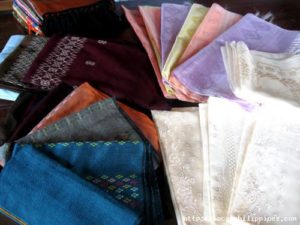 Photo from: http://localphilippines.com/attractions/iloilo-sinamay-house
Photo from: http://localphilippines.com/attractions/iloilo-sinamay-house
Filipinos are fond of wearing their best clothing during special occasions: Wedding, christening, Christmas, parties, or Sunday masses. The style and design is as important as the fabric used. One of Filipinos finest fabric is in Iloilo’s weaving industry. These include woven textiles from abaca and pineapple, cotton and silk since the pre-Spanish period. It was in the 19th century when textile production in Iloilo reached a remarkable development that it was referred to as “the textile center” of the Philippines. Although towards the end of nineteenth century, it has lost its importance when it became a sugar entry point in the region. Many Ilonggo entrepreneurs shifted from weaving to sugar production. And the sale of cheaper English cotton materials increased and later eliminated the local market of Iloilo’s textile. Its dwindling industry discouraged most Ilonggos to engage on it but to this day, it has survived in the Arevalo Sinamay House.
The Arevalo Sinamay House is owned by Mrs. Cecilia Gison Villanueva. It was established in the late nineteenth century by her great grandfather, Captain Victorino Chavez, this “home industry” still operates today. The business and building were handed down by Captain Victorino to his son, Cornelio, and in turn was taken over by Cornelio’s daughter, Mrs. Rosario Chavez Gison. And in 1958, Cecilia Villanueva, the second child of Rosario, inherited the business and the house. During its early years, the weaving activity were done in the family’s house in Arevalo, Iloilo City. Now, known as the Sinamay House. However, in the 1990’s Cecilia decided that the weavers work in their respective houses. This too was an advantage for the workers because they could both tend their household as well as earn for a living. With the arrangement, Cecilia provides the fibers/thread and decides what items to weave. After which, the finished products will be sold back to her. Now, Mrs. Villanueva maintains ten weavers, some of them are the granddaughters of her mothers’ weavers. Read More: http://www.thenewstoday.info/2005/10/07/arevalo.sinamay.house.html
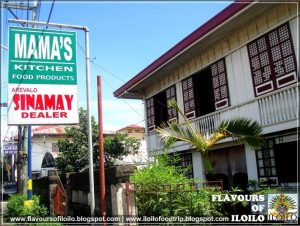 Photo from: http://flavoursofiloilo.blogspot.com/2010/06/mamas-kitchen-and-sinamay-house-in.html
Photo from: http://flavoursofiloilo.blogspot.com/2010/06/mamas-kitchen-and-sinamay-house-in.html
Now, let’s go back to sinamay. Sinamay is another local fabric made from abaca. It is one of the best Philippine fabrics.
At the Villanueva Ancestral House a.k.a Arevalo Sinamay House, you can buy fans, hankies, tablecloths or this.
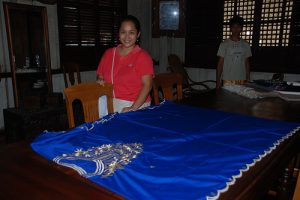 Photo from: http://www.valcaulin.com/article/sinamay-and-cookie-house-in-iloilo/2245/
Photo from: http://www.valcaulin.com/article/sinamay-and-cookie-house-in-iloilo/2245/
Filipinos are fond of wearing their best clothing during special occasions: Wedding, christening, Christmas, parties, or Sunday masses. The style and design is as important as the fabric used. One of Filipinos finest fabric is in Iloilo’s weaving industry. These include woven textiles from abaca and pineapple, cotton and silk since the pre-Spanish period. It was in the 19th century when textile production in Iloilo reached a remarkable development that it was referred to as “the textile center” of the Philippines. Although towards the end of nineteenth century, it has lost its importance when it became a sugar entry point in the region. Many Ilonggo entrepreneurs shifted from weaving to sugar production. And the sale of cheaper English cotton materials increased and later eliminated the local market of Iloilo’s textile. Its dwindling industry discouraged most Ilonggos to engage on it but to this day, it has survived in the Arevalo Sinamay House. Read More: http://www.thenewstoday.info/2005/10/07/arevalo.sinamay.house.html
Other Uses of the Sinamay Fabric
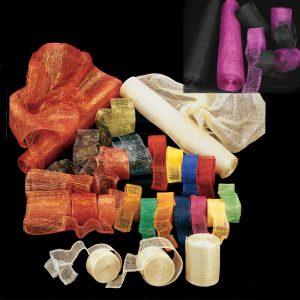 Photo from: https://www.ampelco.com/index.php/ribbon/solids/sinamay-abaca-fiber-ribbon-6819.html
Photo from: https://www.ampelco.com/index.php/ribbon/solids/sinamay-abaca-fiber-ribbon-6819.html
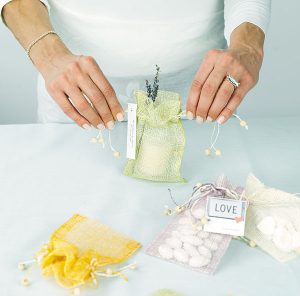 Photo from: http://www.blushbridalcompany.com/shop/sinamay-mesh-drawstring-pouches/
Photo from: http://www.blushbridalcompany.com/shop/sinamay-mesh-drawstring-pouches/
TABLE OF CONTENTS
Have a Taste of Iloilo’s Culinary Specialties
Where is Iloilo and How to Get There
Discover Interesting Places in Iloilo
Join the Vibrant and Exciting Festivals of Iloilo
Have a Feast of Good Foods in Iloilo
Enjoy a Lot of Fun Times in Iloilo
Iloilo Video Collection

